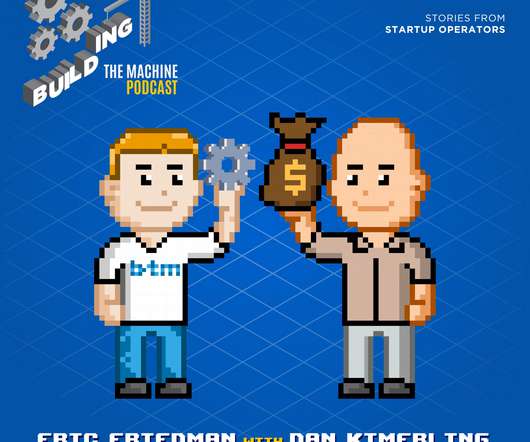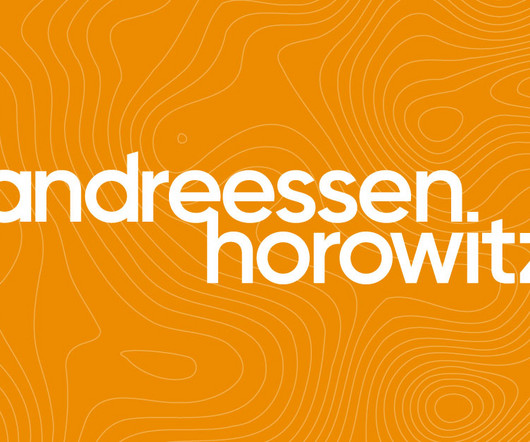Praying to the God of Valuation
Both Sides of the Table
DECEMBER 11, 2022
2001–2007: THE BUILDING YEARS The dot com bubble had burst. We had nascent revenues, ridiculous cost structures and unrealistic valuations. Almost no financings, many VCs and tech startups cratered for the second time in less than a decade following the dot com bursting. Until we weren’t. I am having fun again.



























Let's personalize your content